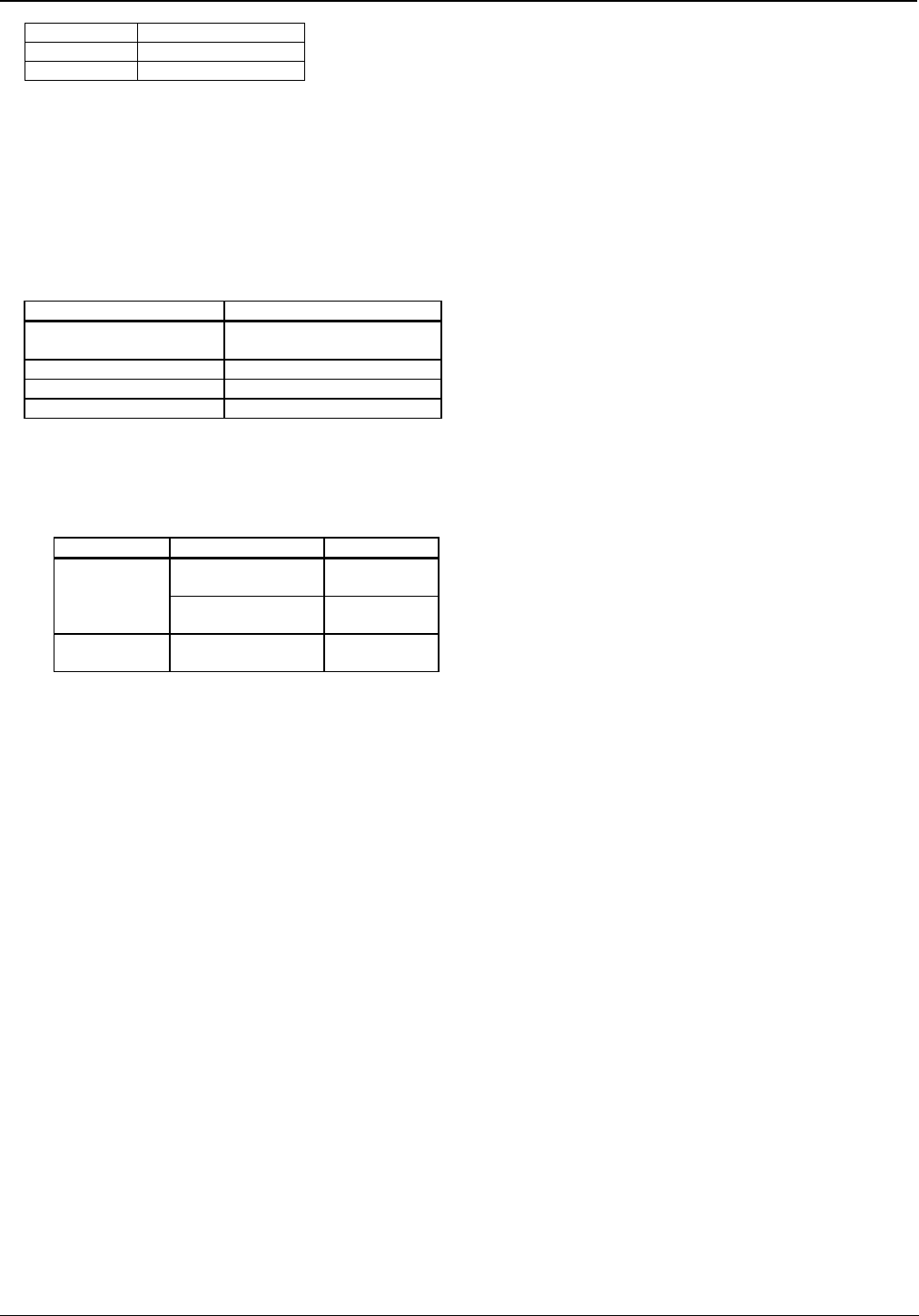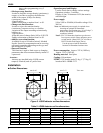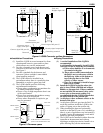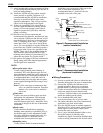
LQ500
3
200 mm (8”) 8 mS/cm maximum
250 mm (10”) 8 mS/cm maximum
300 mm (12”) 6 mS/cm maximum
Note 1: The LQ500 can not have an accurate density
(consistency) measurement when it is over the
specification according to reduce the microwave signal.
Note 2: The LQ500 density (consistency) measurement
for application where liquids containing highly
conductive particles such as active carbon and
metal particles may be affected. Consult
Toshiba for detail when the measuring liquid
contains such particles.
Wetting materials:
Name Materials (*1)
Main pipe
SCS14A cast (equivalent to
316 SS) (standard) (*2, *3)
Temperature detector sheath 316 stainless steel (*4)
Applicator window Polysulfone (*4)
Applicator window sealant Fluoric rubber
*1 Avoid using the LQ500 for applications where
harmful liquids that cause corrosion, deterioration, or
changes in quantity for the wetting materials are used.
Make sure all materials at these wetting parts that are
suitable for your CIP or not before cleaning.
*2 The smoothness inside the pipe on this material is;
Type Meter size Smoothness
50 to 200 mm
(1/2” to 8”)
No buffing
Standard type
250 & 300 mm
(10” & 12”)
Buffing # 150
Option type
50 to 300 mm
(1/2” to 12”)
Buffing # 150
*3 State the wetted materials when you choose these
options.
*4 The materials of them are changed for abrasive
applications.
Need to choose the specification code for this
application.
Applicator:
Serves as an antenna to send
and receive
microwave signals, one set provided.
Temperature detector: RTD (Pt100)
Fitting:
Direct fitting to vertical or horizontal
piping. (Refer to the section of Piping
Precautions.)
■
Converter Specifications
Output signals
• Density (consistency) measurement output:
4-20mAdc (load resistance 750 ohm maximum,
isolated output.)
• Density (consistency) fault or Maintenance
signal: 125Vac, 0.1A (resistive load) solid
state contact; opens when an error occurs in the
converter or when the LQ500 is in the setting
change mode, otherwise the contact remains
closed.
Communication signal:
Digital signal is superimposed on 4-20mAdc
current signal (conforming to HART protocol(*1)).
Load resistance:240 to 750 ohm
Load capacity:0.25μF maximum
*1 HART (Highway Addressable Remote
Transducer) protocol is a communications
protocol for industrial sensors recommended
by HCF (HART Communication Foundation).
Note: The optional AF900 hand-held terminal can be
used to operate the LQ500 from remote places
by connecting the AF900’s probe lead between
the LQ500’s 4-20 mA dc output signal lines.
Input signals
• External synchronized input signal:
In order to avoid problems of density
(consistency) measurement such as
inhomogeneous condition caused by
discontinuous process operation and empty pipe
condition caused by stopping process operation.
<Specification>
One dry “make” contact;
Contact capacity of 24Vdc with 0.1 to 2.0A is
required.
This contact signal can be used to start or stop
density (consistency) measurement in
synchronization with an external contact, such
as the contacts on a pump.
The measurement starts or stops as follows:
Contact closed: Starts density (consistency)
measurement.
Contact open: Stops density (consistency)
measurement.
• Density multiplier switching signal:
In order to achieve selecting up to 4 kinds of
liquid concentration measurement independently
as maximum.
<Specification>
Two voltage signals described below are required:
Input voltage: H level: 20 to 30 Vdc
L level: 2 Vdc or less
Input resistance: Approx. 3k ohm
• Conductivity correction signal:
Need to prepare an additional conductivity meter
when using this function. Install in where is able
to have a stable and accurate measurement.
<Specification>
Input signal: 4 to 20mAdc
Conductivity range: 0 to 10mS/cm
Update period for density (consistency)
measurement output and display:
Approx. 1 second
Functions by software as standard:
• Data saving function:
In order to save measurement data into the
memory of converter temporary.
The oldest data is overwritten.
<Specification>
Data storage points: 256 points maximum.
Period: 1 to 1,800 minutes (1 minute each).
ex 1: The data is saved for approx. latest 4.26
hours when programming every minute.
ex 2: The data is saved for approx. latest 21.3











